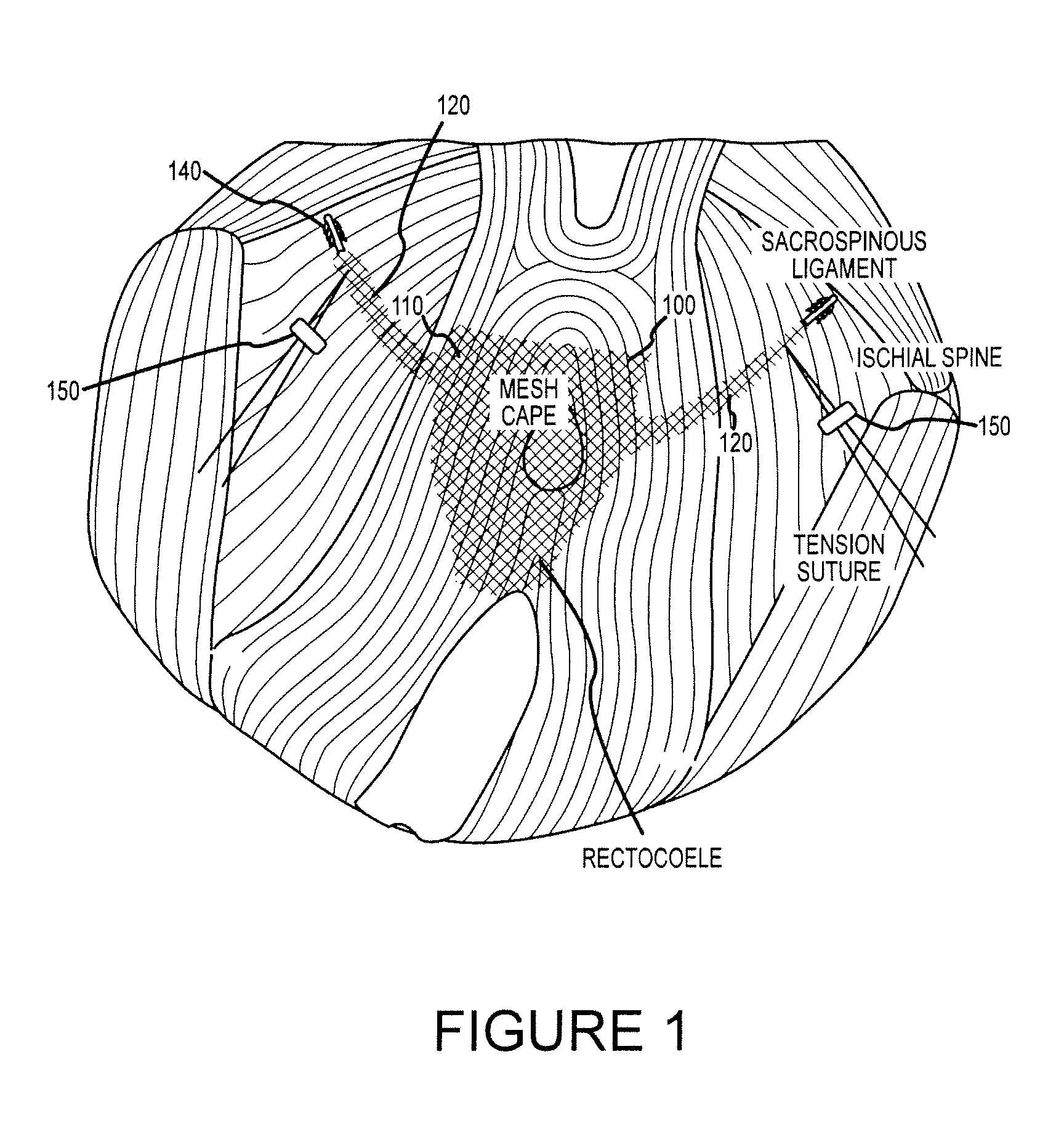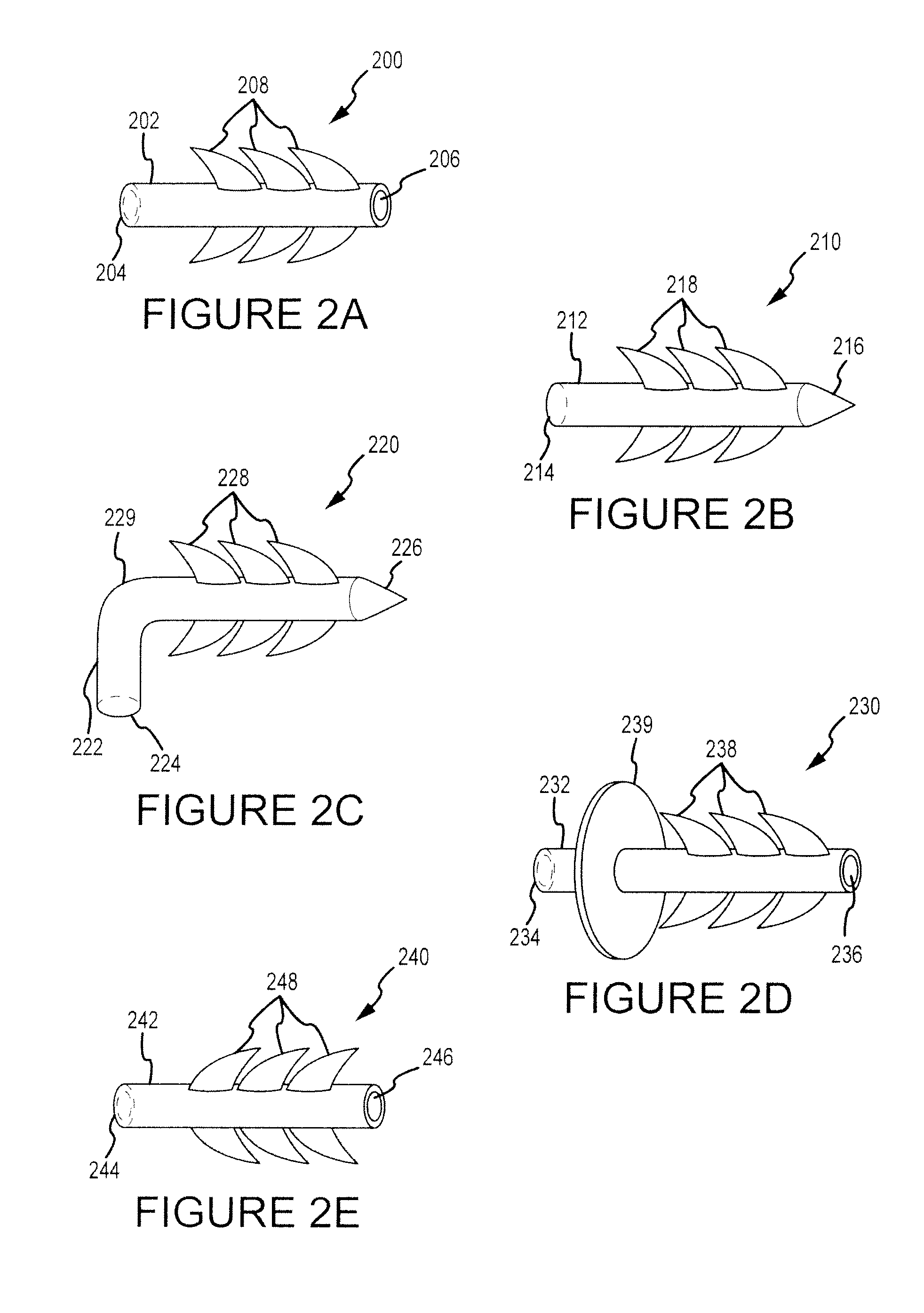Systems and methods for treating posterior pelvic organ prolapse
a technology for posterior pelvis and organ prolapse, applied in the field of system and method for treating posterior pelvis organ prolapse, can solve the problems of difficult, difficult, and inexperienced surgeons, and achieve the effect of being easier for less experienced surgeons
- Summary
- Abstract
- Description
- Claims
- Application Information
AI Technical Summary
Benefits of technology
Problems solved by technology
Method used
Image
Examples
Embodiment Construction
[0002]1. Field of the Invention
[0003]The present invention relates to systems and methods for treating posterior pelvic organ prolapse, and more particularly, to transvaginal posterior pelvic organ prolapse treatment utilizing an integrated, light-weight support system.
[0004]2. Background of the Invention
[0005]Pelvic organ prolapse (POP) is one of the most common conditions requiring urogynecological surgery. POP occurs when the muscles of the pelvic floor are unable to support the pelvic organs (such as the patient's intestines). Rectocoele is a common form of posterior POP where the rectum loses support and pushes against the walls of the vagina. Enterocoele is a form of posterior POP where a portion of the small intestine prolapses. Rectoenterocoele refers to the condition where both the rectum and small intestine prolapse into the vagina. Rectocoele, enterocoele, and rectoenterocoele commonly occur when the muscles of the pelvic floor are damaged or weakened during childbirth.
[0...
PUM
 Login to View More
Login to View More Abstract
Description
Claims
Application Information
 Login to View More
Login to View More - R&D
- Intellectual Property
- Life Sciences
- Materials
- Tech Scout
- Unparalleled Data Quality
- Higher Quality Content
- 60% Fewer Hallucinations
Browse by: Latest US Patents, China's latest patents, Technical Efficacy Thesaurus, Application Domain, Technology Topic, Popular Technical Reports.
© 2025 PatSnap. All rights reserved.Legal|Privacy policy|Modern Slavery Act Transparency Statement|Sitemap|About US| Contact US: help@patsnap.com



